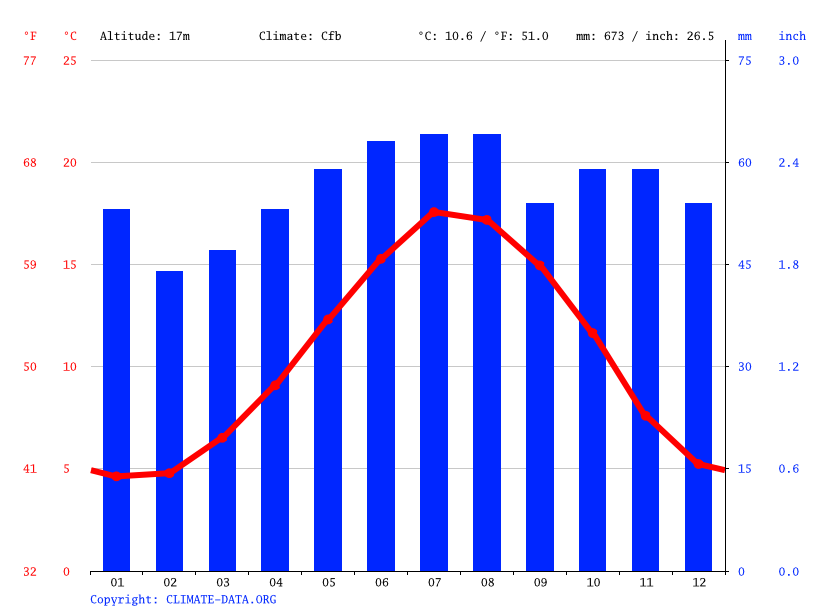CAMBRIDGE
Cambridge is a university city and the county town of Cambridgeshire, England, on the River Cam approximately 50 miles (80 km) north of London. Cambridge became an important trading centre during the Roman and Viking ages, and there is archaeological evidence of settlement in the area as early as the Bronze Age. The first town tharacter were granted in the 12th century, although modern city status was not officially conferred until 1951.Cambridge is most famous for its historic university. However, Cambridge is far older than the university.The original settlement was north of the river, on Castle Hill. There is evidence for pre-Roman activity in the area, but the Romans built the first town. It was a convenient crossing point of the river Cam, on the edge of the marshy fen land. The town was a port, since it was the head of the navigation of what was then known as the River Granta. The area by Magdalene Bridge is still known as Quayside, although now it only has punts. St Peter's Church, halfway up Castle Hill, has pieces of Roman tiles in its walls.
By now, the town was known as Grentebrige or Cantebrigge. Eventually the name became Cambridge. However, the river was still called the Granta. Someone thought "Cambridge must be the bridge over the Cam, so the river should be called the Cam instead of the Granta", and so the river's name was changed! Upstream, where it flows through Grantchester, the River is still called the Granta. The Latin name for Cambridge is Cantabrigia, which is why degrees are called Cantab. This was not the Roman name for the town. The Roman settlement was called Duroliponte.
The first recorded date connected with Cambridge University was 1209, when some Oxford students moved to Cambridge. Peterhouse, the first college, was founded in 1284. From this point, various colleges were founded. Some amalgamated previous colleges, or took over from priories, such as St Rhadegund. Corpus Christi was founded by the Guilds of Cambridge. As the university grew, trouble broke out between Town, the people who lived in Cambridge, and Gown, the students. The centre of the town was now definitely within the loop of the river, although you can still see older houses on the lower parts of Castle Hill, such as the Museum of Cambridge, formerly Cambridge Folk Museum.
Famous scientists at Cambridge include:

The average temperature Cambridge is about ten degrees and the average precipitation is 553 mm. a year.
.

The lowest quantity of precipitation comes in February, the average of this month is 33 mm. The most rainy month is August, is has an average of 52 mm.
Temperatures are higher on average in July, about 16.6 ° C. January is the coldest month, with temperatures averaging 3.1 °c

No hay comentarios:
Publicar un comentario